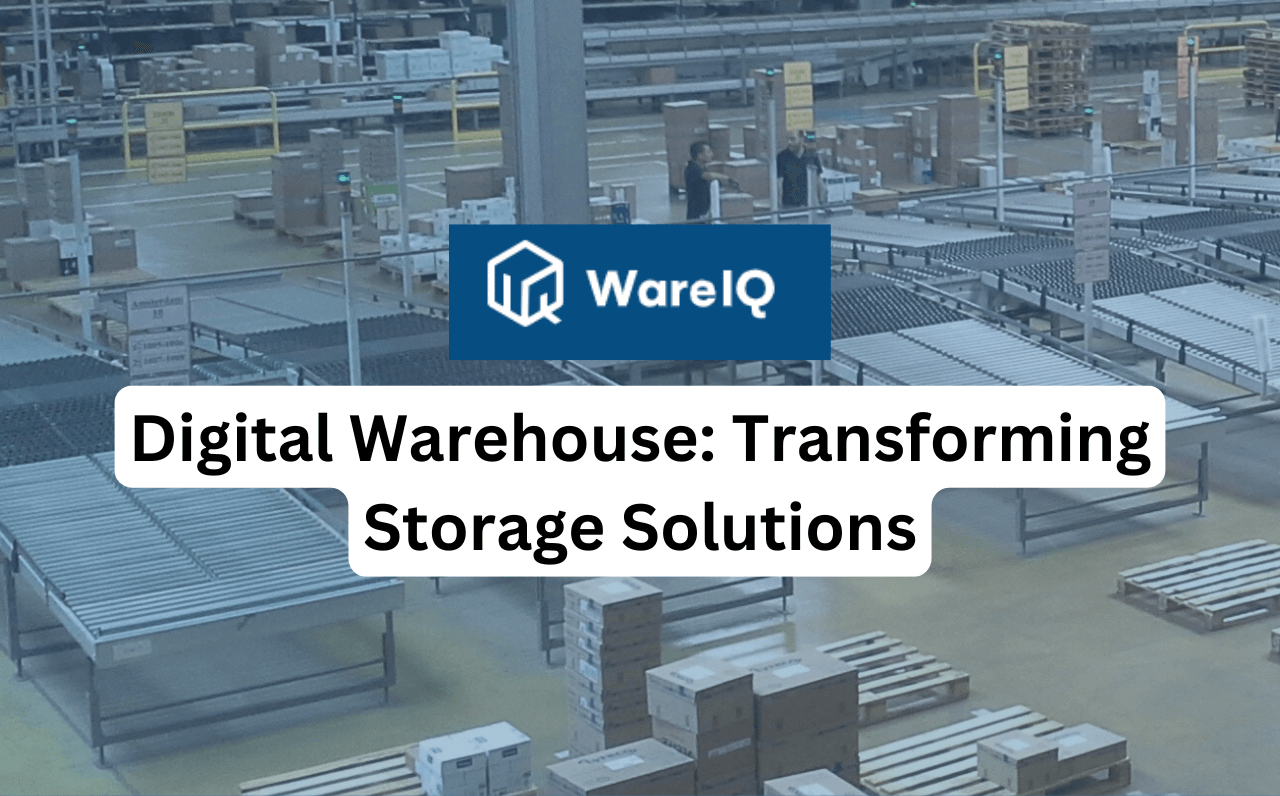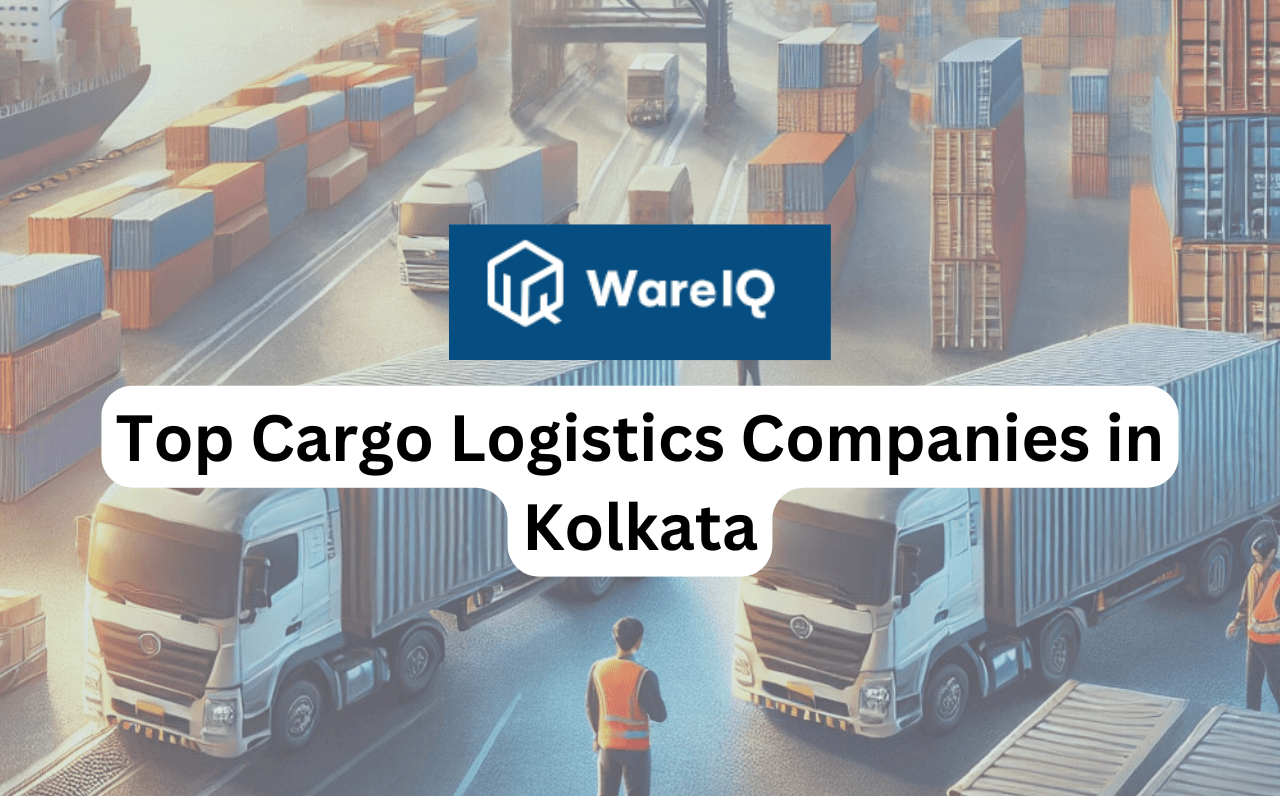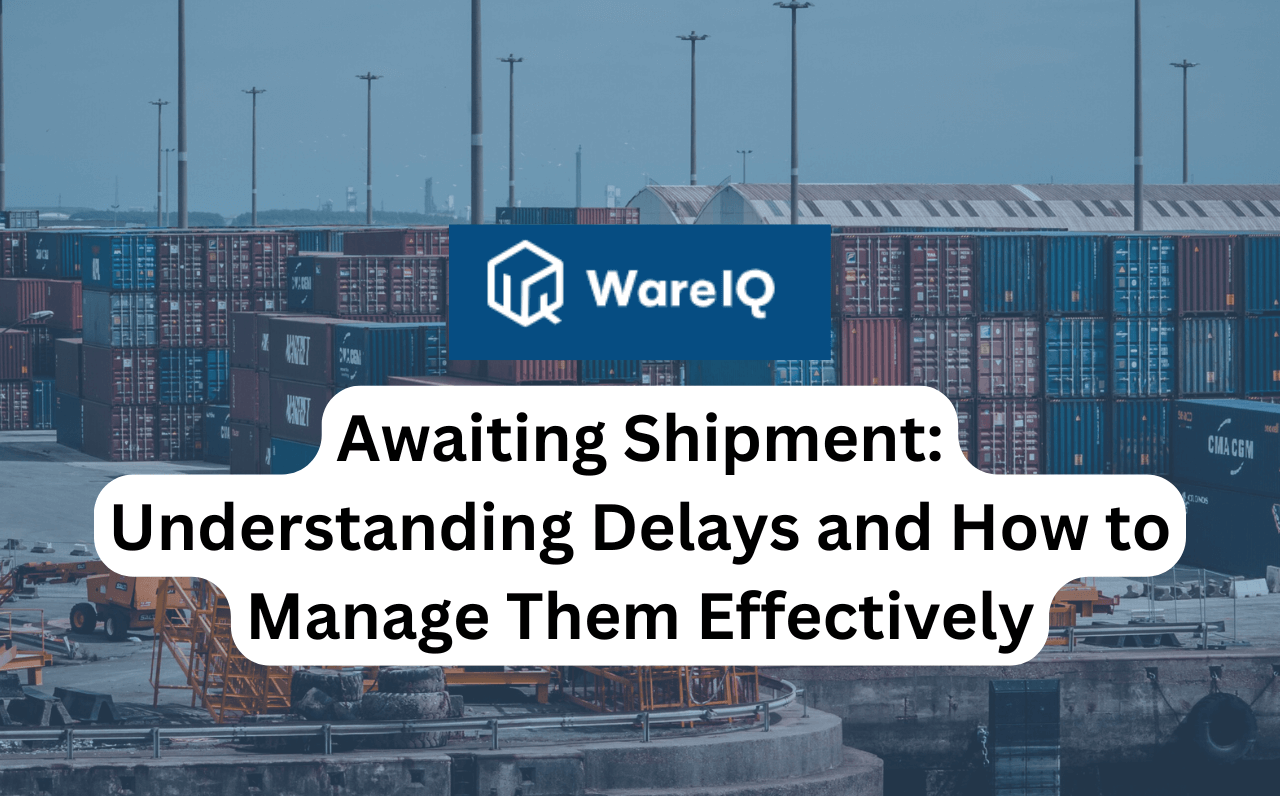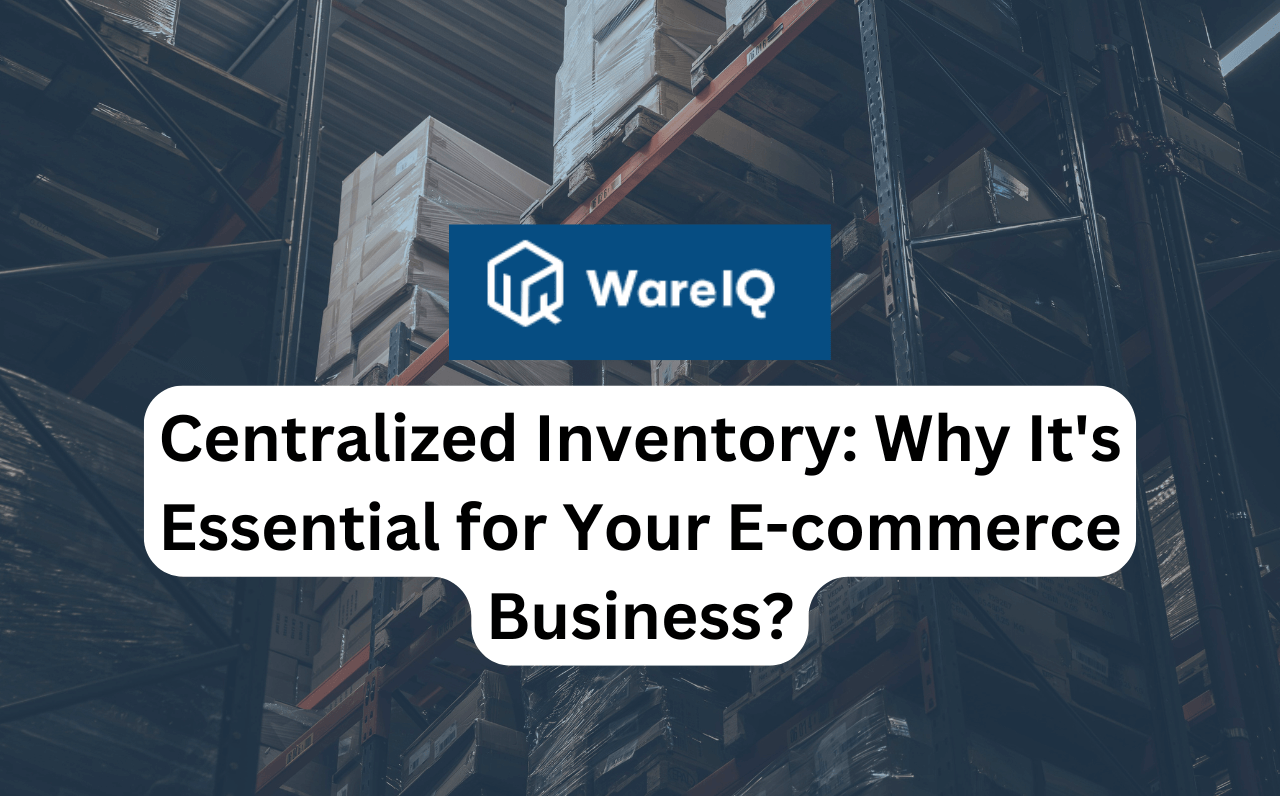
Logistics Automation: Streamlining Your Supply Chain in 2025
Logistics is the lifeblood of modern commerce, yet inefficiencies can turn it into a bottleneck for growth. What if there were a way to eliminate delays, reduce costs, and enhance customer satisfaction all at once? This isn’t fiction—it’s the promise of logistics automation. Did you know that companies adopting these technologies report up to a 30% boost in operational efficiency? Traditional supply chain operations are riddled with inefficiencies, from manual inventory management to unpredictable delivery schedules. Logistics automation addresses these challenges by leveraging cutting-edge technologies like AI, IoT, and robotics to streamline every aspect of the supply chain. In this article, we delve into the transformative power of logistics automation. From its tangible benefits to actionable strategies and a glimpse into its future, you’ll learn how businesses can streamline their supply chains while staying ahead of the competition. The Benefits of Logistics Automation Logistics automation is not just about saving time; it transforms every part of supply chain management. Here are some key benefits explained simply: Efficiency and Accuracy: Automation helps reduce mistakes and speeds up processes. For example, using AI for inventory management or machines for sorting orders ensures shipments are processed quickly and correctly. This means fewer delays and happier customers. Saving Costs: Manual tasks can be expensive due to errors and inefficiencies. Automation reduces these costs by streamlining workflows and cutting unnecessary waste. For instance, automated warehouses make better use of space, saving money on storage. Better Customer Experience: People expect faster deliveries and accurate tracking. Automation allows businesses to meet these expectations by ensuring orders arrive on time and updates are reliable. Environmental Benefits: Automation helps the environment by lowering energy use and minimising waste. It also optimises delivery routes, which means fewer emissions and a smaller carbon footprint. Scalability: As companies grow, manual systems often struggle to keep up. Automation ensures smooth scaling by handling larger workloads without slowing down. WareIQ’s platform is designed to support businesses as they expand. Key Components of Automated Retail Logistics Systems Logistics automation depends on several advanced technologies, each playing a critical role in optimising supply chain operations. Artificial Intelligence (AI) Artificial Intelligence is the brain behind modern logistics. AI analyses massive amounts of data to identify trends and make smarter decisions. Demand Prediction: AI algorithms can forecast customer demand by analysing historical sales data, seasonal trends, and market dynamics. This ensures warehouses stock the right inventory levels, reducing overstocking or stockouts. Route Optimization: AI identifies the most efficient delivery routes, saving time and reducing fuel costs. Error Detection: By spotting anomalies in real-time, AI prevents costly mistakes, such as shipping the wrong item or misplacing inventory. Internet of Things (IoT) The Internet of Things refers to connected devices that collect and share data in real time. Real-Time Tracking: Sensors on shipments provide real-time updates on their location and condition (e.g., temperature, humidity), which is essential for perishable goods. Warehouse Monitoring: IoT devices track equipment usage, energy consumption, and stock levels, enabling warehouses to operate more efficiently. Predictive Maintenance: IoT-powered equipment can alert operators to potential issues before they lead to downtime, ensuring smooth operations. Cloud Computing Cloud computing powers the integration and accessibility of data across multiple platforms and locations. Centralized Data: Cloud systems collect data from various sources, creating a unified view of inventory, orders, and shipments. Scalability: Businesses can easily expand operations without worrying about physical storage constraints for data or software updates. Collaboration: Cloud-based systems allow teams across locations to access real-time data, improving coordination and decision-making. Data Analytics Data is the lifeblood of logistics automation and advanced analytics turn raw data into actionable insights. Performance Tracking: Analytics dashboards monitor key performance indicators (KPIs) like delivery times, inventory turnover, and order accuracy. Customer Insights: Analysing customer behaviour helps businesses improve services, such as by offering faster shipping options or flexible delivery schedules. Optimisation Opportunities: By identifying inefficiencies, businesses can make data-backed improvements to their logistics workflows. Strategies for Implementing Automated Warehouse Logistics Implementing logistics automation can feel like a big leap, but with the right strategies, businesses can transition smoothly and reap the rewards. Here’s a detailed guide to help you get started: Assess Your Needs: Begin by identifying the areas of your warehouse operations that need improvement. Are you dealing with inefficiencies in inventory management, delays in order fulfilment, or challenges in tracking shipments? Pinpointing these issues will help you prioritise automation efforts. Set Clear Goals: Define what success looks like for your business. Are you aiming to reduce operational costs by 20%? Or perhaps you want to achieve same-day deliveries for a larger percentage of your orders? Setting measurable goals ensures you can track progress and evaluate the impact of automation. Select the Right Technology: Automation isn’t a one-size-fits-all solution. Depending on your business needs, you might consider implementing robotics for order picking, IoT sensors for real-time inventory tracking, or AI tools for demand forecasting. Scalability is crucial—choose technologies that can grow with your business. WareIQ’s SaaS platform is designed to integrate seamlessly with existing systems, providing you with the flexibility to expand as needed. Partner with Experts: Collaborating with a trusted provider can make a significant difference. WareIQ offers tailored solutions that address the unique challenges of eCommerce brands. From robust pan-India fulfilment networks to advanced analytics tools, WareIQ ensures that your automation journey is smooth and efficient. Pilot, Test, and Refine: Start small by automating a specific segment of your warehouse operations. For instance, pilot a robotic sorting system or implement automated inventory updates in one location. Monitor the results, gather feedback from your team, and make adjustments as needed before scaling up. Train Your Team: Automation doesn’t eliminate the need for skilled workers; it shifts their roles. Invest in training programs to help your team understand and operate new technologies. This ensures a smoother transition and maximises the benefits of automation. Monitor and Optimise: Once automation is in place, continuous monitoring is essential. Use analytics to track performance metrics such as order accuracy, turnaround times, and cost savings. Regularly review these metrics to identify further areas for optimisation. Future of Logistics Automation The future o f logistics automation holds limitless potential to transform supply chains worldwide. As businesses continue to innovate, several key advancements are paving the way for smarter operations: Autonomous Vehicles and Drones: Companies like Amazon are testing delivery drones to speed up last-mile logistics, while autonomous trucks promise reduced costs and more efficient transportation. Blockchain for Transparency: Blockchain technology provides secure and transparent tracking of goods, reducing fraud and improving traceability, particularly for high-value or sensitive items. AI and Predictive Analytics: Artificial intelligence will play a bigger role in logistics, helping businesses forecast demand, optimise inventory, and plan efficient delivery routes. Green Logistics: As sustainability becomes a priority, innovations like electric delivery vehicles, solar-powered warehouses, and optimised routing will reduce environmental impact. Also read: - Logistics Franchise How WareIQ Enables Logistics Automation? WareIQ simplifies logistics automation by offering a suite of solutions that integrate advanced technology and robust infrastructure to meet the needs of modern businesses. Here’s how WareIQ empowers logistics automation: Pan-India Network: WareIQ operates a Seller Flex and FAssured compliant network across 12+ cities and provides shipping services to over 27,000 pin codes. This extensive reach ensures faster deliveries and reliable fulfilment for eCommerce brands. Multi-Channel Fulfilment Platform: WareIQ’s platform seamlessly integrates with marketplaces like Amazon, Flipkart, and Myntra, as well as D2C platforms like Shopify, Magento, and WooCommerce. This plug-and-play approach supports fulfilment across distributors, flagship stores, and eCommerce channels while providing advanced analytics to assess operational performance. Inventory LogIQ: With an AI-powered inventory planning solution, WareIQ helps businesses minimise stockouts and automate replenishment. This ensures that inventory levels are always optimised across multiple channels, reducing downtime and improving efficiency. Tech-Enabled Returns Management: WareIQ’s returns QC solution captures and stores high-definition media evidence of damaged or missing returned products, helping businesses eliminate claim rejections from marketplaces. This streamlines the return process and reduces disputes. Comprehensive Seller Enablement: WareIQ offers a host of seller support services, including account management, APOB/PPOB registrations, and GST compliance assistance, NDR and COD verification, and more. These services free up valuable time for businesses, allowing them to focus on growth. By combining its advanced SaaS platform with an extensive fulfilment network, WareIQ provides the tools and support businesses need to successfully automate their logistics processes. Conclusion The logistics industry is changing rapidly, and automation is at the heart of this transformation. Businesses that embrace logistics automation can achieve greater efficiency, lower costs, and improved customer satisfaction—all while staying ahead in a competitive market. WareIQ provides the tools and expertise to make this transition seamless and effective. From an extensive pan-India fulfilment network to advanced AI-driven inventory solutions, WareIQ enables businesses to tackle the challenges of modern logistics with confidence. Ready to take your supply chain to the next level? Contact WareIQ today to explore how we can help you streamline your logistics, boost your growth, and delight your customers. Suggested - Warehouse Automation Guide: Types, Benefits, Trends FAQs What industries benefit the most from logistics automation?Logistics automation offers significant advantages for industries like eCommerce, retail, manufacturing, healthcare, and quick commerce. Businesses in these sectors experience improved efficiency, faster deliveries, and better inventory management, making automation a critical investment.How does logistics automation impact customer satisfaction?Automation enhances customer satisfaction by ensuring accurate order fulfilment, faster delivery times, and real-time tracking updates. For example, automated warehouse logistics can drastically reduce shipping delays, resulting in a seamless customer experience.What are the environmental benefits of logistics automation?Automation helps reduce the carbon footprint of logistics by optimising delivery routes, lowering energy usage, and minimising waste. Technologies like AI-driven route planning and electric delivery vehicles are examples of sustainable practices enabled by automation.How can small businesses adopt logistics automation affordably?Small businesses can start by identifying key pain points and adopting scalable, affordable solutions like WareIQ's plug-and-play SaaS platform. Beginning with focused automation, such as inventory management or return processing, allows for gradual scaling without significant upfront costs.Will logistics automation replace human workers?No, automation complements human roles by taking over repetitive tasks and allowing employees to focus on decision-making and problem-solving. For example, while robots handle picking and packing, humans manage exceptions and oversee operations to ensure smooth workflows.
April 03, 2025
![Top 10 Freight Forwarders in Kolkata (2025]](https://wareiq.com/wp-content/uploads/2025/04/Freight-Forwarders-in-Kolkata.png)







